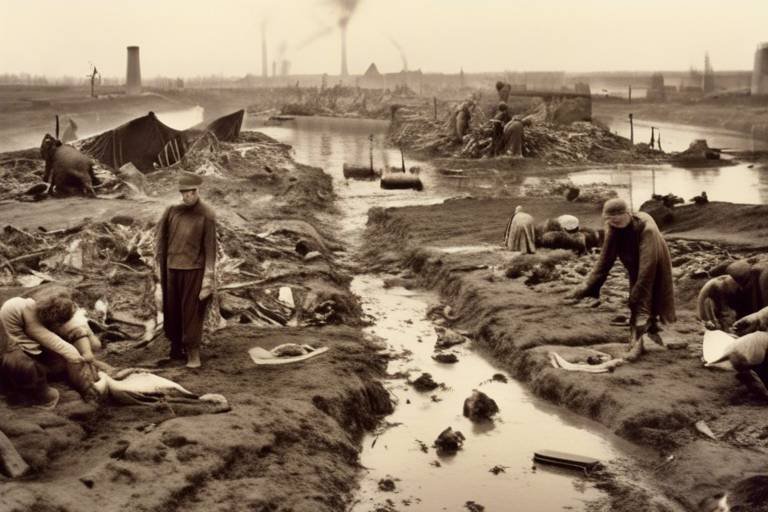The Role of Cultural Heritage in Shaping Identity
Cultural heritage serves as a powerful force in shaping individual and collective identities, acting as a bridge between the past, present, and future. It encompasses the values, beliefs, traditions, and practices that have been passed down through generations, forming the very essence of who we are.
When we delve into the preservation of cultural heritage, we are not merely safeguarding historical sites, artifacts, and rituals; we are preserving our roots, our stories, and our sense of belonging. These tangible and intangible elements connect us to our ancestors and provide a roadmap to navigate the complexities of our modern world.
Our personal identity is intricately intertwined with our cultural heritage. The language we speak, the customs we follow, and the rituals we practice all contribute to shaping a unique sense of self. It is through these cultural markers that we find comfort, pride, and a deep-seated connection to our heritage.
As cultural heritage is transmitted from one generation to the next, it plays a pivotal role in identity formation. The stories shared by parents, the traditions upheld in families, and the values instilled in children all contribute to a sense of cultural continuity. This inter-generational transmission strengthens our roots and reinforces our identity.
On a national level, shared cultural heritage binds citizens together, fostering a sense of unity, pride, and belonging. Symbols such as flags, monuments, and anthems embody the collective identity of a nation, serving as visual representations of its history, values, and aspirations. These symbols unite diverse individuals under a common cultural umbrella.
Despite the profound impact of cultural heritage on identity, preserving it faces numerous challenges in the modern world. Urbanization, globalization, and conflicts pose threats to the conservation of heritage sites and traditions, endangering the very essence of our identities. However, technological advancements offer new avenues for safeguarding and promoting cultural heritage.
Digital tools and virtual reality are revolutionizing the preservation of cultural heritage, making it more accessible and engaging for a global audience. These technologies not only bridge geographical barriers but also ensure that future generations can connect with their heritage in innovative ways. By embracing these advancements, we can secure the future of our cultural legacy.
The future of cultural heritage lies in sustainable preservation and promotion strategies that honor diversity and inclusivity. By celebrating our differences and recognizing the richness of various cultural expressions, we can continue to shape identities that are rooted in heritage yet adaptable to the evolving world. Cultural heritage is not just a relic of the past; it is a living, breathing entity that guides us towards a more interconnected and harmonious future.

Preservation of Cultural Heritage
Preservation of cultural heritage is paramount in maintaining a connection to our past and shaping our present and future identities. Historical sites, artifacts, and traditions serve as windows into bygone eras, offering invaluable insights into the beliefs, values, and practices of our ancestors. By safeguarding these cultural treasures, we not only honor the legacies of those who came before us but also ensure that future generations can continue to learn from and be inspired by our shared heritage.

Impact on Personal Identity
Exploring how cultural heritage influences individual and collective identities, shaping values, beliefs, and traditions passed down through generations.
Discussing the importance of safeguarding historical sites, artifacts, and traditions to maintain a sense of identity and connection to the past.
Analyzing how one's cultural heritage, including language, customs, and rituals, contributes to a unique sense of self and belonging.

Inter-generational Transmission
Inter-generational transmission refers to the passing down of cultural heritage from one generation to the next, playing a vital role in shaping individual and collective identities. Imagine it as a relay race where the baton is not just a physical object but a rich tapestry of traditions, values, and beliefs. Parents serve as the primary carriers of this baton, imparting knowledge of language, customs, and rituals to their children, ensuring that the cultural legacy endures.
This transmission process is not merely a transfer of information but a profound connection between past, present, and future. It is through storytelling, celebrations, and everyday practices that the essence of cultural heritage is woven into the fabric of identity. Children learn not only about their roots but also about the struggles, triumphs, and wisdom of their ancestors, instilling a sense of pride and belonging that transcends time.
Moreover, inter-generational transmission fosters a sense of cultural continuity, bridging the gap between generations and reinforcing a shared heritage. It is a dynamic exchange where the younger generation brings fresh perspectives and adaptations to traditional practices, ensuring that cultural heritage remains relevant and vibrant in a changing world.
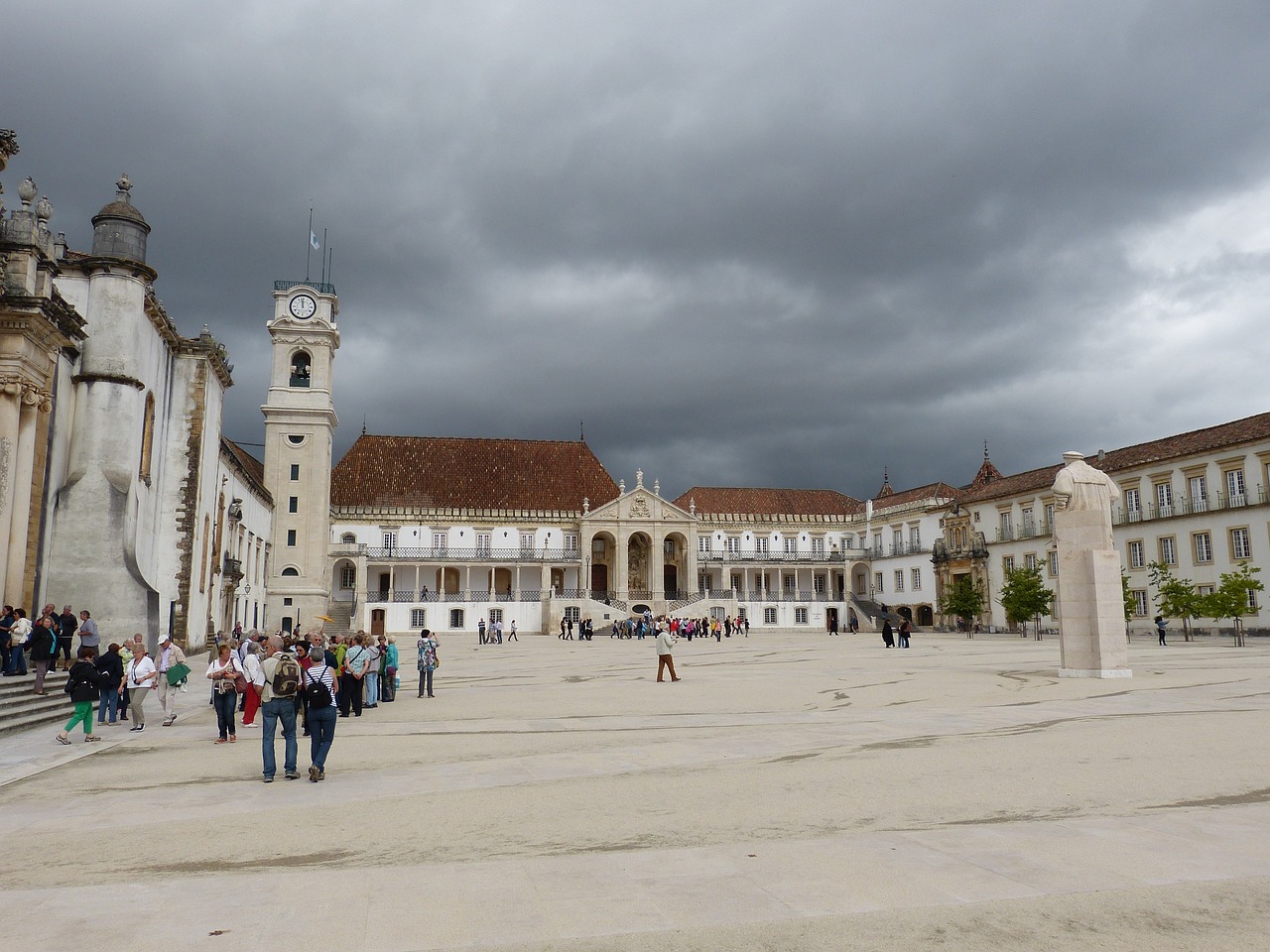
Cultural Heritage and National Identity
When delving into the intricate relationship between cultural heritage and national identity, one cannot overlook the profound impact it has on shaping a nation's collective consciousness. Cultural heritage serves as the cornerstone of a country's identity, weaving together a tapestry of shared history, traditions, and values that bind its citizens together in a common thread of unity.
Through the lens of cultural heritage, nations find a mirror reflecting their unique identity back at them, fostering a sense of pride and belonging among the populace. Symbols deeply rooted in cultural heritage, such as national flags, monuments, and anthems, serve as powerful embodiments of a nation's values and aspirations, resonating with its people on a visceral level.
Moreover, the preservation and celebration of cultural heritage play a crucial role in nurturing a sense of continuity and connection to the past, anchoring individuals in their roots while propelling them towards the future. By honoring and safeguarding cultural heritage, nations ensure that their rich tapestries of history and tradition remain vibrant and relevant in an ever-changing world.
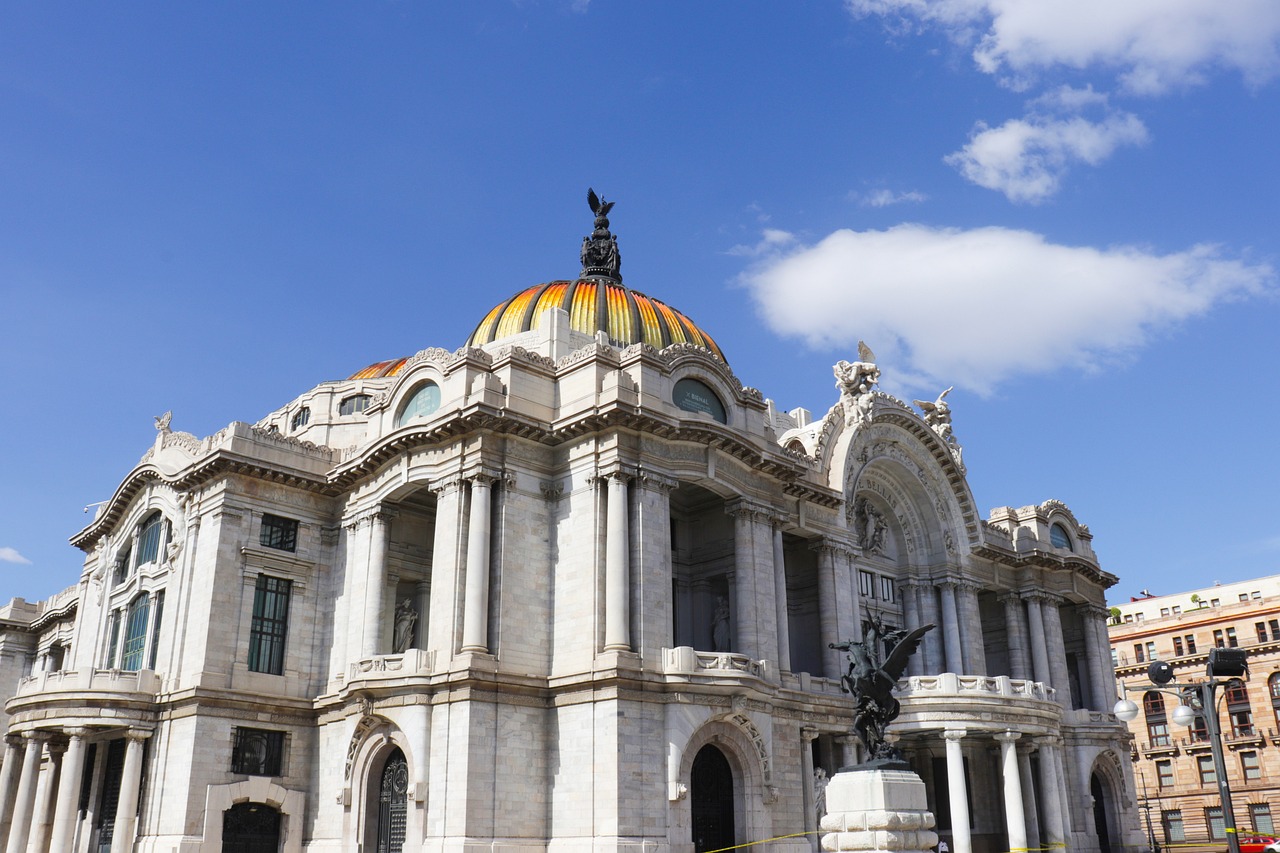
Symbolism and Representation
Symbolism and representation play a crucial role in defining a nation's cultural heritage and identity. These symbols, ranging from flags to monuments to anthems, serve as visual and auditory representations of a country's history, values, and aspirations. Just like a family crest symbolizes a lineage's pride and unity, national symbols embody the collective spirit and identity of a nation. They act as powerful reminders of shared experiences, struggles, and triumphs, fostering a sense of belonging and unity among citizens.

Challenges in Preserving Cultural Heritage
Preserving cultural heritage faces a myriad of challenges in today's rapidly changing world. Urbanization poses a significant threat as cities expand, historical sites and traditional buildings are often demolished to make way for modern infrastructure. The clash between preserving the past and embracing progress creates a delicate balance that must be carefully navigated to protect our cultural roots.
Globalization, while offering opportunities for cultural exchange, also brings the risk of homogenization. As different cultures interact and merge, there is a danger of losing unique traditions and practices that define a community's identity. How can we preserve the richness of diversity in the face of increasing global integration?
Conflict, whether armed or ideological, can have devastating consequences on cultural heritage. Historical sites become casualties of war, artifacts are looted, and intangible cultural practices are threatened by social upheaval. How can we safeguard our heritage in times of turmoil and strife?
Moreover, the digital age presents both opportunities and challenges in the preservation of cultural heritage. While technological advancements like virtual reality offer innovative ways to experience and protect heritage sites, the digital divide can exclude certain communities from accessing their own cultural history. How can we ensure that technology serves as a tool for inclusivity rather than exclusion in heritage preservation?
Addressing these challenges requires a multi-faceted approach that involves collaboration between governments, communities, and heritage experts. By raising awareness about the importance of cultural heritage and implementing sustainable conservation strategies, we can overcome these obstacles and ensure that our collective identity remains intact for future generations.
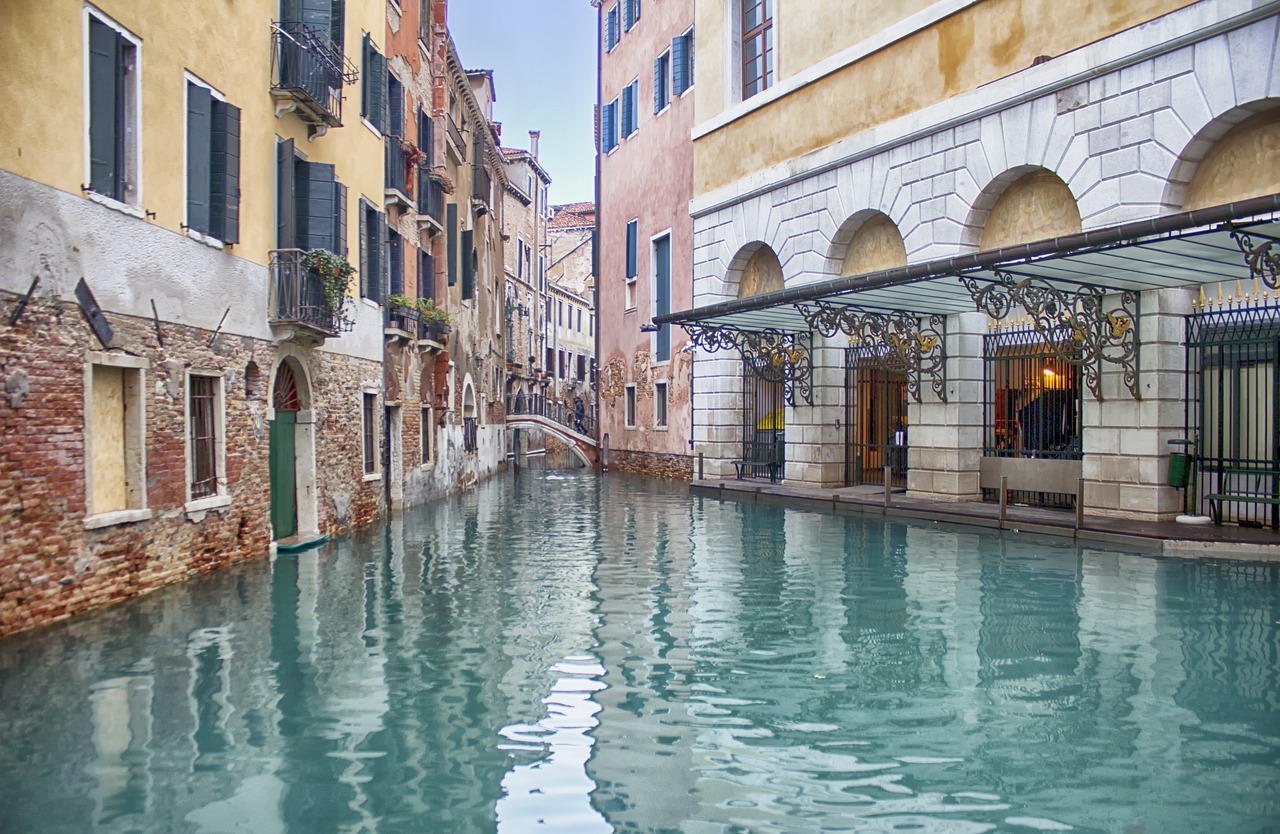
Technological Advancements
Exploring how cultural heritage influences individual and collective identities, shaping values, beliefs, and traditions passed down through generations.
Discussing the importance of safeguarding historical sites, artifacts, and traditions to maintain a sense of identity and connection to the past.
Analyzing how one's cultural heritage, including language, customs, and rituals, contributes to a unique sense of self and belonging.
Examining the transfer of cultural heritage from parents to children, influencing identity formation and a sense of cultural continuity.
Exploring how shared cultural heritage shapes a nation's identity, fostering unity, pride, and a sense of belonging among its citizens.
Investigating how cultural heritage symbols, such as flags, monuments, and anthems, embody national identity and values.
Addressing threats like urbanization, globalization, and conflict that endanger the preservation of cultural heritage and its role in shaping identity.
Technological advancements have revolutionized the preservation and promotion of cultural heritage. Digital tools and virtual reality are now being utilized to bring historical sites and artifacts to life, offering immersive experiences to audiences worldwide. Through digitization, cultural heritage is made more accessible, allowing individuals to explore and learn about diverse traditions and histories from the comfort of their homes. This technological progress not only ensures the conservation of heritage but also enhances its relevance and educational value in the modern era.
Considering strategies for sustainable preservation and promotion of cultural heritage to continue shaping identities and fostering cultural diversity.
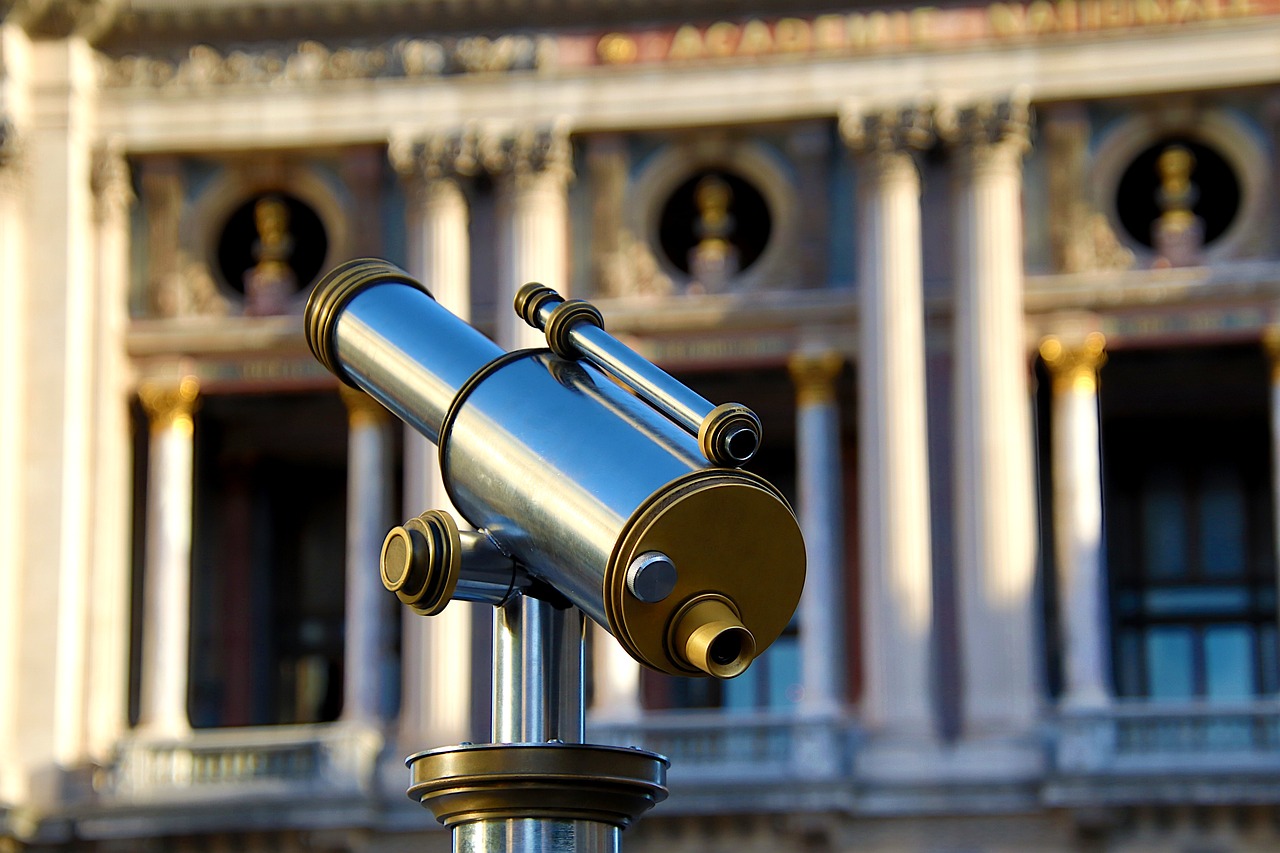
Future of Cultural Heritage
The future of cultural heritage lies in our ability to adapt to the ever-changing world while preserving the essence of our past. As we move forward, it is crucial to find a balance between innovation and tradition, ensuring that our cultural treasures continue to shape our identities and connect us to our roots.
One approach to securing the future of cultural heritage is through sustainable preservation practices. By implementing eco-friendly conservation techniques and promoting responsible tourism, we can protect historical sites and artifacts for future generations to appreciate and learn from. This not only safeguards our past but also enriches our present and future.
Furthermore, embracing digital advancements can revolutionize the way we interact with cultural heritage. Virtual reality tours, interactive exhibits, and online archives can make cultural resources more accessible to a global audience, transcending physical boundaries and time constraints. Technology has the power to breathe new life into ancient traditions and make them relevant in the digital age.
Collaboration between governments, communities, and cultural institutions is essential for the sustainable promotion of cultural heritage. By fostering partnerships and engaging diverse stakeholders, we can ensure that our shared heritage remains a vibrant and integral part of society. This collective effort can lead to innovative strategies for conservation, education, and cultural exchange, preserving our identities for future generations.
In the face of rapid globalization and urbanization, the future of cultural heritage may face challenges. However, by recognizing the intrinsic value of our diverse heritage and actively working to protect it, we can overcome these obstacles. Through education, advocacy, and conscious decision-making, we can shape a future where cultural heritage continues to thrive and inspire.
Frequently Asked Questions
- What is cultural heritage?
Cultural heritage refers to the legacy of physical or intangible aspects of a group or society that are inherited from past generations, maintained in the present, and passed on to future generations. It includes traditions, customs, artifacts, beliefs, values, and practices that shape the identity of a community.
- How does cultural heritage influence personal identity?
Cultural heritage plays a significant role in shaping personal identity by providing individuals with a sense of belonging, connection to their roots, and a framework for understanding their place in the world. It encompasses language, traditions, rituals, and shared experiences that contribute to one's unique identity.
- Why is the preservation of cultural heritage important?
The preservation of cultural heritage is crucial for maintaining a sense of continuity, fostering cultural diversity, and safeguarding valuable historical knowledge and traditions. It helps communities retain their identity, promotes understanding among different cultures, and contributes to the enrichment of society as a whole.
- What are some challenges in preserving cultural heritage?
Challenges in preserving cultural heritage include urbanization, globalization, natural disasters, armed conflicts, inadequate funding, and lack of awareness. These factors pose threats to historical sites, artifacts, and traditions, endangering their integrity and significance for future generations.
- How can technological advancements aid in the preservation of cultural heritage?
Technological advancements such as digital tools, virtual reality, 3D scanning, and online databases are being utilized to document, conserve, and promote cultural heritage. These innovations enhance accessibility, conservation efforts, and public engagement with cultural resources, ensuring their preservation and relevance in the digital age.
- What is the future outlook for cultural heritage preservation?
The future of cultural heritage preservation lies in sustainable practices, community involvement, education, and innovative conservation strategies. By prioritizing the protection and promotion of cultural heritage, we can continue to celebrate diversity, foster intercultural dialogue, and preserve our shared human legacy for generations to come.








